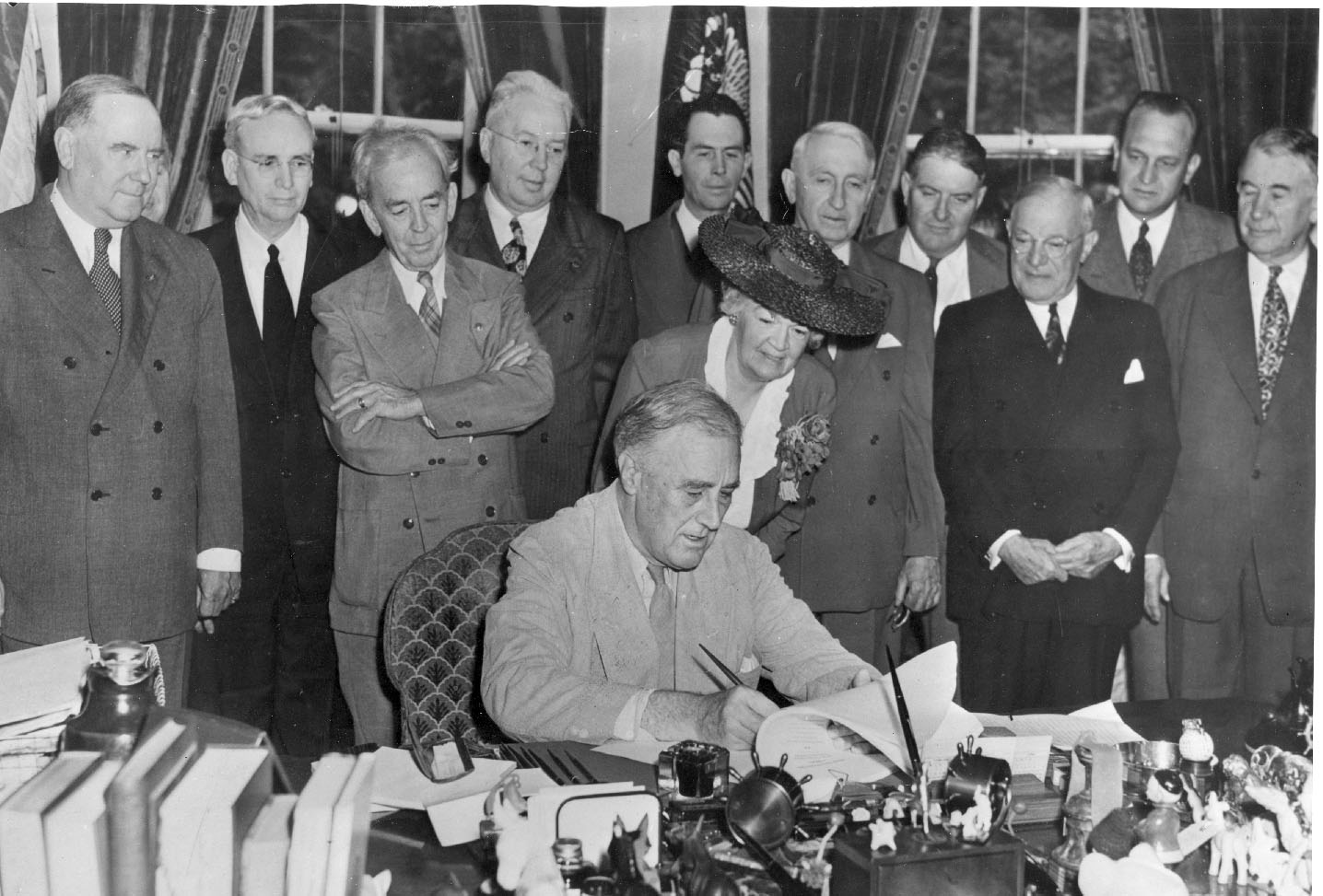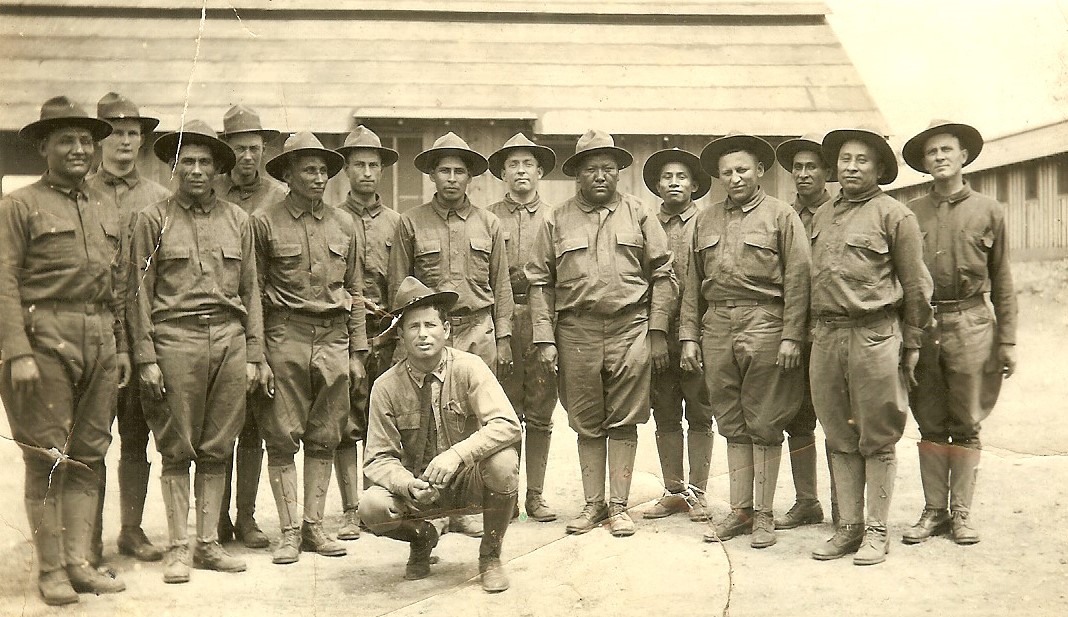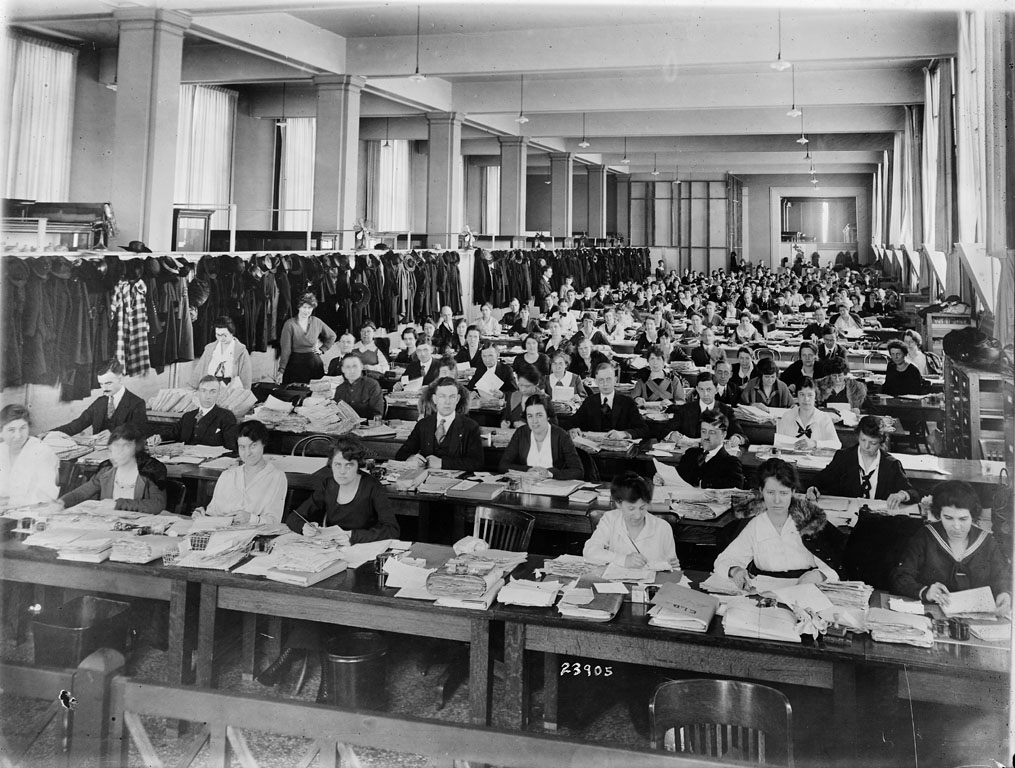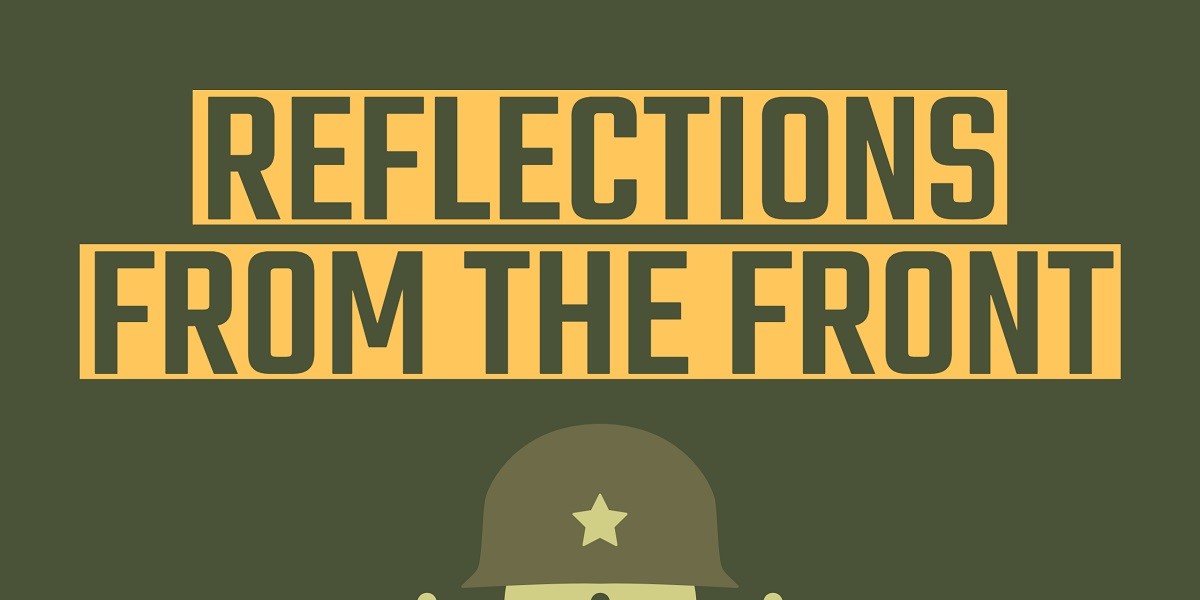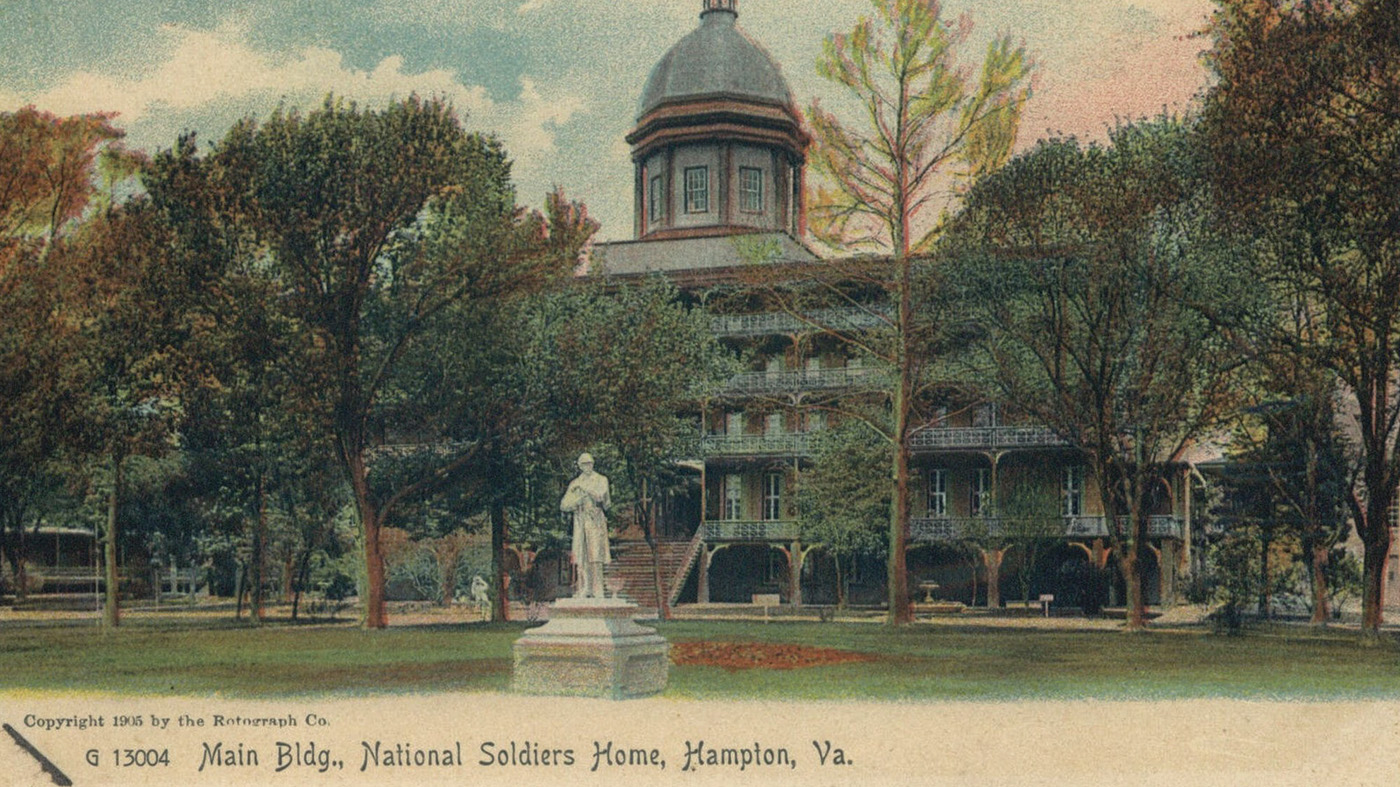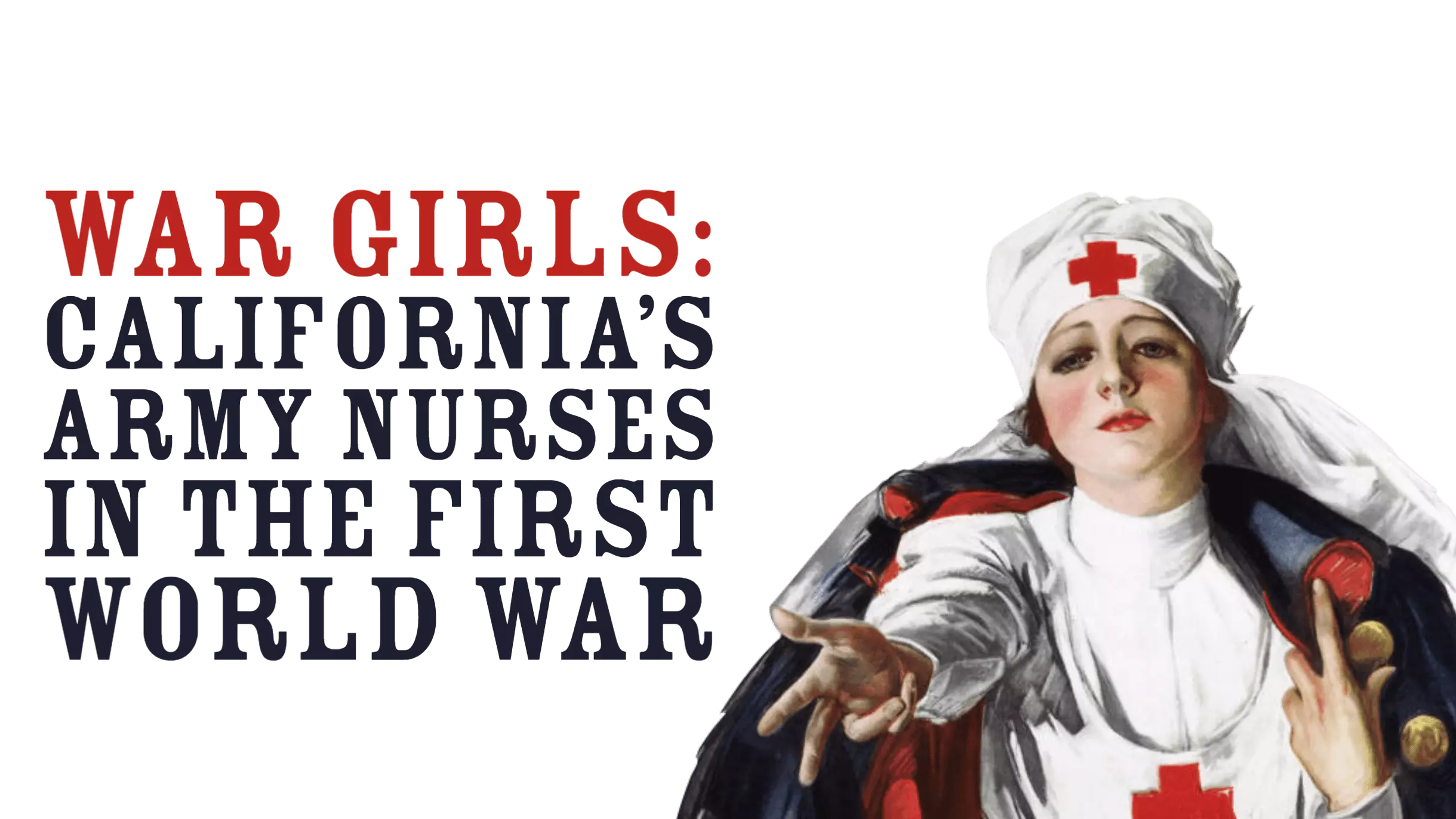History of VA in 100 Objects
The Congressional Medal of Honor is the nation’s highest decoration for valor in the military. More than 1,000 have been awarded, and 98 of those recipients worked at VA. A wall display outside VA's Under Secretary for Benefits in Washington, D.C. pays tribute to each of those individuals, whose stories are tied to the legacy of Veterans serving Veterans.
Featured Stories
Frank Hines was the longest tenured VA leader, from 1923 until 1945 and end of World War II. He led two different Veteran agencies, first the Veterans Bureau and then the Veterans Administration. Despite constant challenges and changes to the system, he was a stable leader for a new federal agency.
Featured Stories
Edith Nourse Rogers was a trailblazing politician and prominent proponent for Veterans benefits. She accomplished much in her decades-long career - to include admitting women into military service and creating a G.I. Bill of Rights.
History of VA in 100 Objects
At the start of the Great War in 1914, only about half of the 300,000 Native Americans in the United States were citizens. Although the Fourteenth Amendment granted citizenship to all “persons born or naturalized in the United States,” it did not apply to Native Americans because they fell under the jurisdiction of tribal authorities rather than the U.S. government
History of VA in 100 Objects
When World War I erupted in Europe in August 1914, the United States stayed neutral but the nation quickly became a major supplier of industrial and agricultural goods to France and England. To protect this valuable trade, Congress established the Bureau of War Risk Insurance (BWRI) within the Treasury Department to insure American ships and cargo “against loss or damage by the risks of war.”
Featured Stories
Women have been a vital part of the nation’s military from the very beginning. Although they were not able to serve in an official capacity until the twentieth century, women have always found ways to assist war efforts. In a new podcast series "Reflections from the Front", VA History Office interns Parker Beverly and Hannah Nelson take interviews from women Veterans and brings to life the stories of incredible resolve and adversity.
Exhibits
VA History Exhibit - Postcards were used frequently in the late 19th and early 20th century to capture Veterans' daily life at the 11 different National Home for Disabled Volunteer Soldiers branches, which were early VA campuses. Check out the artwork and photographs from that era in this exhibit by VA History Office intern Kara Wheeler.
History of VA in 100 Objects
More than 4.7 million Americans served in the U.S. armed forces in World War I and almost all became eligible after the war for burial in a national cemetery or to receive a government headstone in a private cemetery.
History of VA in 100 Objects
While women have served in nearly all of America’s wars, it wasn’t until after World War One that female Veterans achieved access to government health care.
Exhibits
Between April 6, 1917 and November 18, 1918, over 21,000 American women enlisted in the U.S. Army Nurse Corps. This digital exhibit explores and commemorates the lives of California’s Army nurses buried in national cemeteries: Alta Ireland Heron, Vera Marston Rush, Etta Parker, Guilda N. Jones Vicini, and Mayme E. Williamson.
History of VA in 100 Objects
After the United States entered World War I in 1917, the government hastily built new facilities both to train Army medical personnel and to provide care for soldiers wounded during the fighting or stricken with disease. Oteen Veterans' Hospital was one of these.
History of VA in 100 Objects
In the space of just a few years following World War I, the U.S. government created an expansive health system for ex-servicemembers under the direction of a new and independent federal agency, the Veterans’ Bureau. A medical bulletin was soon published monthly featuring articles from the healthcare staff.




